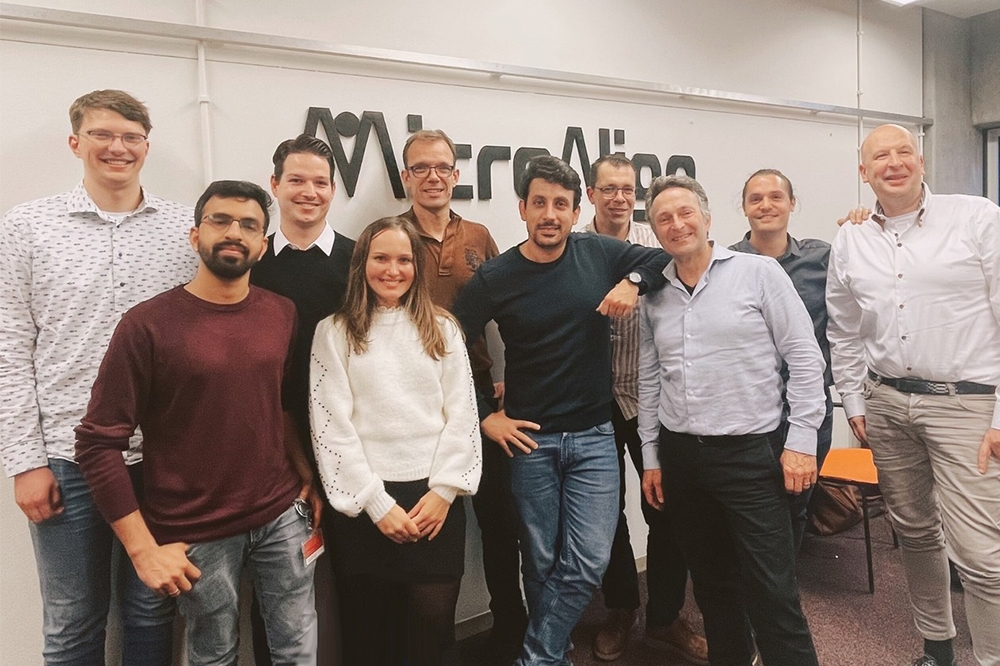MicroAlign wins €1 million seed funding for high-accuracy fibre arrays

The company says its efficient interconnection technology can benefit many photonics applications, but is needed particularly urgently to advance quantum photonic computing
MicroAlign, a spin-off from the Eindhoven University of Technology, has announced that it has secured €1 million in seed funding to accelerate the commercialisation of high-accuracy fibre arrays. The funding round was led by the Dutch venture capital firms DeepTechXL and PhotonVentures. The company says the funding reflects investors' strong belief in the company's vision to develop a unique and crucial product for the photonics industry.
MicroAlign says it will use this investment to expand its R&D team and facilities, accelerating its path to market and product development. The company says its technology will benefit the world of quantum photonic computing, data communication, and AI computing, by providing an interconnection component that reduces the system energy consumption and improves the related functionality performance. With the developed technology, MicroAlign adds that it will support the photonics-based industries to take the next steps towards achieving pivotal societal development goals ranging from climate action, and digitalisation, to industrial optimisation.
“Over the past three years, MicroAlign has developed technology to manipulate optical fibres with unmatched precision, generating already four patents describing revolutionary approaches in the critical optical fibre alignment operation,” says Marco Fattori, CTO of MicroAlign. “This technology is based on the smallest fibre alignment actuator in the world and represents a groundbreaking solution for the industry. We are currently laser sharp focused on developing further our technology to realise ultra-high accuracy fibre arrays.”
According to MicroAlign, several photonics-based markets can benefit from its technology, but quantum photonic computing represents the field that most urgently needs such a fibre array technology to be developed.
“MicroAlign's fibre array product is a key enabling technology for quantum photonic computing applications, where every photon counts in the fibre-to-chip connection,” explains Simone Cardarelli, CEO of the company. “Exponential benefits in quantum computing efficiency can be indeed achieved with a high-accuracy fibre array component. At the same time, the technology trends driven by the growing demands for data traffic and AI computing show that low-loss optical interconnections are more and more a point of concern, opening a huge application opportunity for MicroAlign in the near future. We would like to sincerely thank our customers, stakeholders, partners, and suppliers who believe in us and are supporting MicroAlign in the next exciting phase!”
Teska van Vuren, managing partner at DeepTechXL, says: “DeepTechXL shares MicroAlign’s vision to make an impact by solving one of the main technical bottlenecks for quantum photonic computers. DeepTechXL will support MicroAlign in scaling up and becoming the number one in low coupling loss fibre arrays.”
Ewit Roos, general partner at PhotonVentures, adds: “MicroAlign is the only company in Europe that has proven to meet the stringent requirements for fibre alignment in the still small but promising and already very demanding quantum photonic computing domain. With their excellent technology and the continuous focus on customer needs and delivery, I am convinced this MicroAlign team is ready to facilitate successfully the growth of this industry and other sectors that require ultra-low loss fibre coupling solutions.”



































